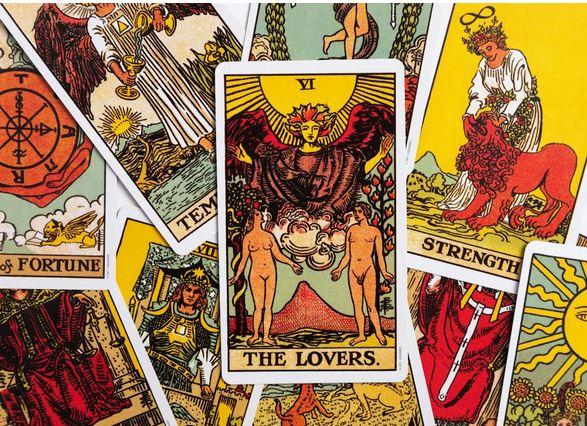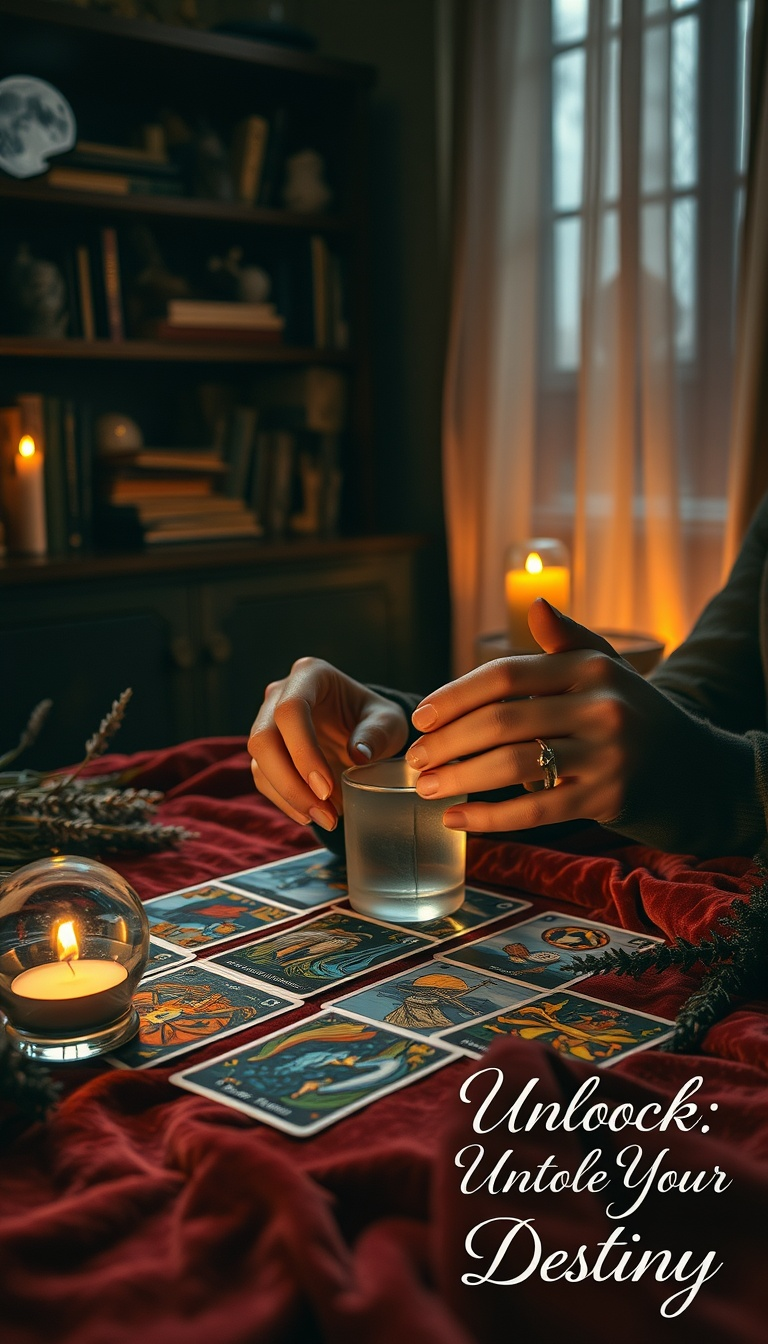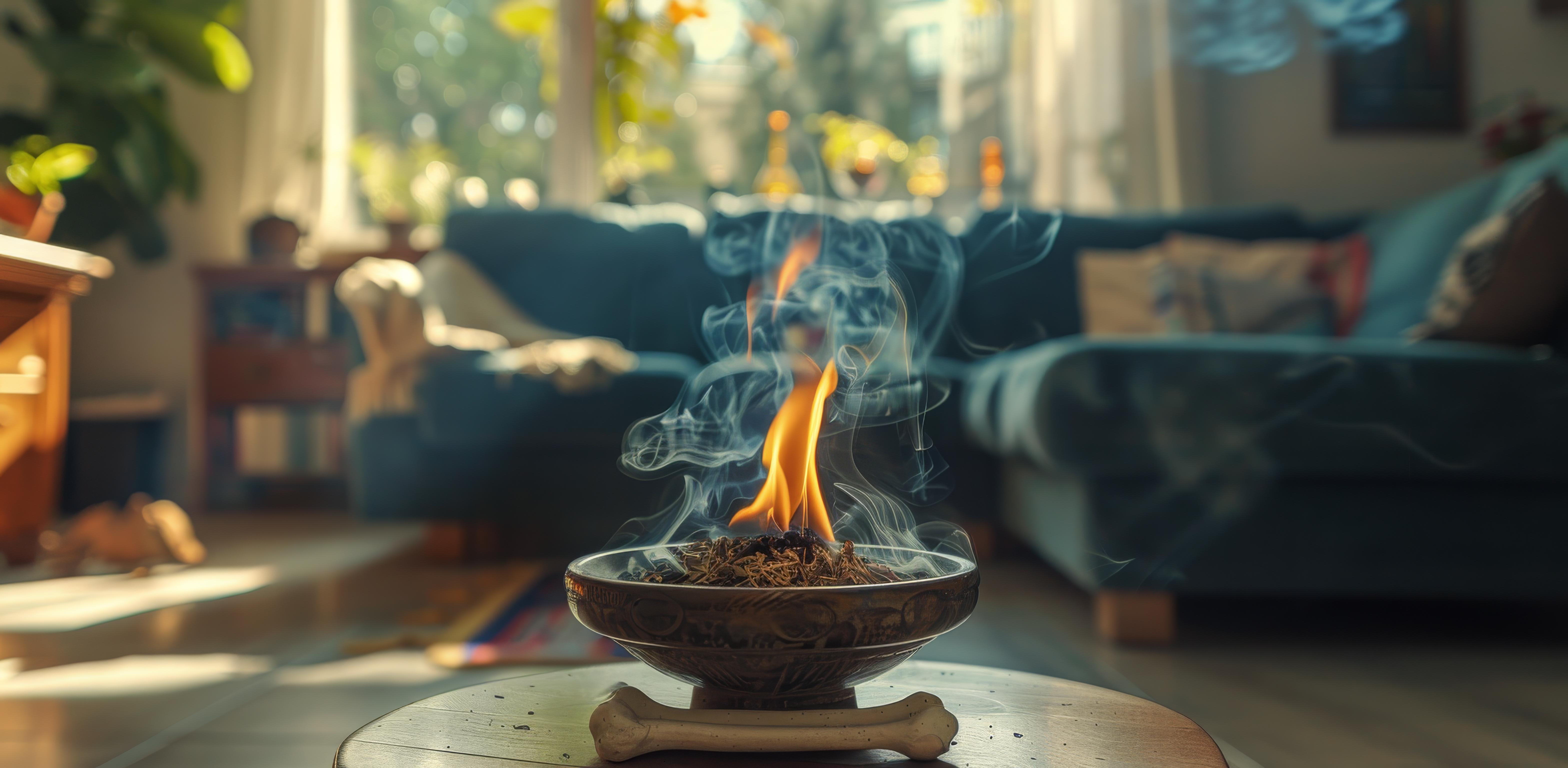Tarot

🌟 What Is Tarot?
Tarot is a form of divination using a deck of cards, traditionally used to gain insight into the past, present, or future. It’s often seen as a tool for reflection, guidance, or even spiritual connection, depending on how you approach it.
🃏 The Deck
A standard tarot deck has 78 cards, split into two main sections:
1. Major Arcana (22 cards):
These represent big life themes or spiritual lessons. Think of them as the major plot points of your life story. Cards like The Fool, The Lovers, Death, and The World fall here.
2. Minor Arcana (56 cards):
These reflect everyday events, feelings, and situations. They’re divided into four suits:
-
Cups (emotions, relationships)
-
Wands (passion, creativity, action)
-
Swords (thoughts, conflict, communication)
-
Pentacles (money, work, the physical world)
Each suit has cards numbered 1–10 plus four court cards: Page, Knight, Queen, King.
🔮 What’s It Used For?
People use tarot for:
-
Self-reflection
-
Decision-making help
-
Spiritual guidance
-
Creative inspiration
-
Or just for fun and introspection!
Some believe the cards tap into intuition or a higher power, while others use them more like journaling prompts or meditative tools.
🧩 How It Works
A tarot reading typically involves:
-
A question or intention
-
Shuffling and drawing cards
-
Interpreting the meanings (based on card symbolism, position in the spread, and intuition)
There’s no “right” way—it’s deeply personal.
🔧 Major Tarot Systems
1. Rider-Waite-Smith (RWS) System
-
📅 Created in 1909 by Arthur Edward Waite (illustrated by Pamela Colman Smith)
-
🎨 Symbolism-rich, especially in the Minor Arcana
-
📚 Most modern decks follow this structure
-
✅ Best for beginners
2. Thoth Tarot
-
📅 Designed by Aleister Crowley, painted by Lady Frieda Harris
-
🧠 Dense with occult, astrological, Kabbalistic, and mythological symbolism
-
💫 Energetically intense, more abstract art
-
⚠️ Deeper study recommended
3. Tarot de Marseille
-
🕰️ One of the oldest systems, dating back to the 16th century
-
🇫🇷 Simple, classic illustrations (especially in the Minor Arcana)
-
🔤 Often uses French titles
-
🔍 Great for intuitive reading and historical purists
🎴 Popular & Iconic Tarot Decks by System
🟦 Rider-Waite-Smith-Based Decks
-
Rider-Waite Tarot – the OG
-
The Modern Witch Tarot – inclusive, diverse, urban style
-
The Light Seer’s Tarot – intuitive, emotional, contemporary vibe
-
The Wild Unknown Tarot – minimalist, animal-themed, nature-based
-
Morgan-Greer Tarot – bold colors, borderless, vintage aesthetic
🔮 Thoth-Based Decks
-
Thoth Tarot Deck (original)
-
Tabula Mundi Tarot – rich in Thelemic symbolism
-
Rosetta Tarot – hand-painted, vivid, Crowley-inspired
🇫🇷 Marseille-Based Decks
-
Tarot de Marseille (Camoin-Jodorowsky) – a popular restoration
-
Jean Dodal Tarot – historically accurate reproduction
-
CBD Tarot de Marseille – cleaned-up, clearer linework
🧙♂️ Other Unique or Hybrid Decks
These may blend systems or do their own thing:
-
The Tarot of the Divine – myths and fairy tales from around the world
-
The Moonchild Tarot – ethereal, spiritual, moon-based themes
-
Tarot of the Holy Spectrum – modern, color-coded minimalist art
-
The Ostara Tarot – seasonal and whimsical with shared artist work
-
Tarot of Dreams (by Ciro Marchetti) – digitally illustrated, lush and surreal
💡 Oracle vs. Tarot
Just to clarify—oracle cards are not tarot, though they’re often used similarly. Tarot follows a structure (78 cards, specific suits, arcana), while oracle decks are freeform (any number of cards or themes the creator chooses).

